How to prune lavender – top tips to maximize flowering for young and mature plants
Keep your lavender compact and full of fragrant blooms, with not a woody stem in sight
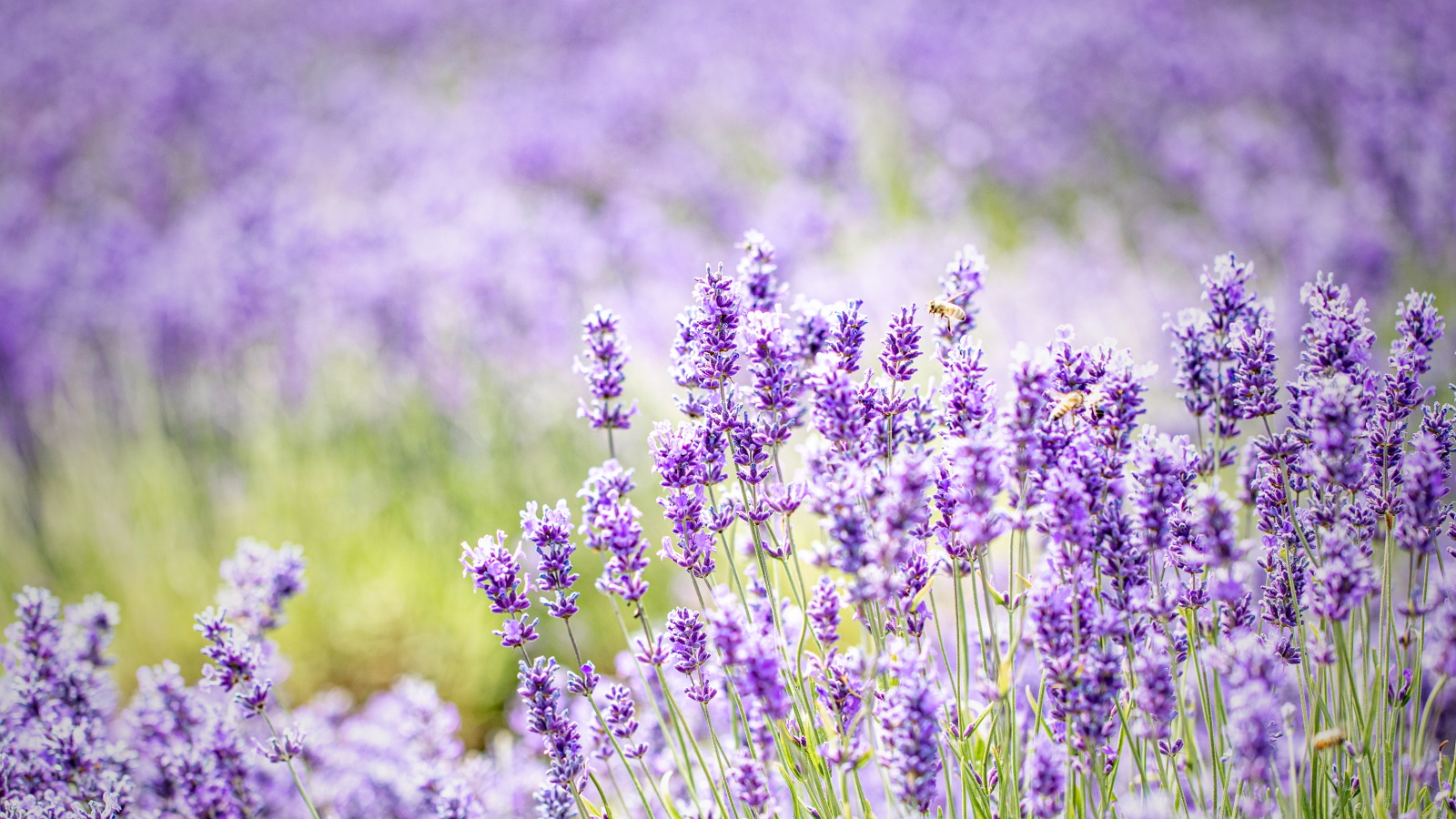
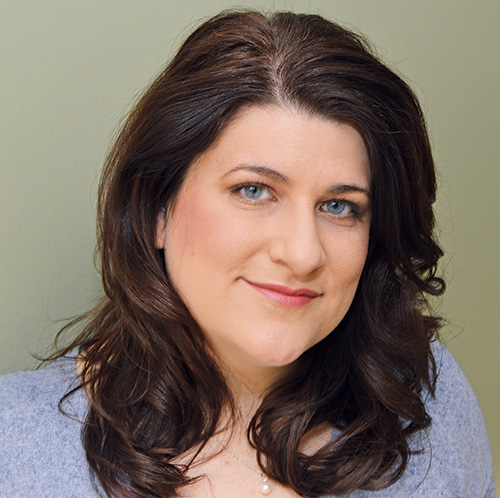
The sight and scent of a lavender shrub in full bloom has a heady romance like no other. As well as being an essential plant for adding fragrance to the garden, lavender has long been prized for its therapeutic and culinary properties. It’s also one of the best plants for pollinators, particularly loved by bees and butterflies, and it has a gloriously long flowering season. In short, it gives way more than it takes.
Knowing how to prune lavender will keep these gloriously scented plants in good condition for years to come, and ensure their structure remains neat and dense, too, which is especially important if you choose to landscape with lavender.
Growing lavender from cuttings and seed is not difficult. However, if not properly pruned, woody lavender plants will form, looking unattractive after a couple of years, and requiring replacement. Here we detail everything you need to know about how to prune lavender correctly to ensure neat, healthy shrubs with an abundance of flowers.
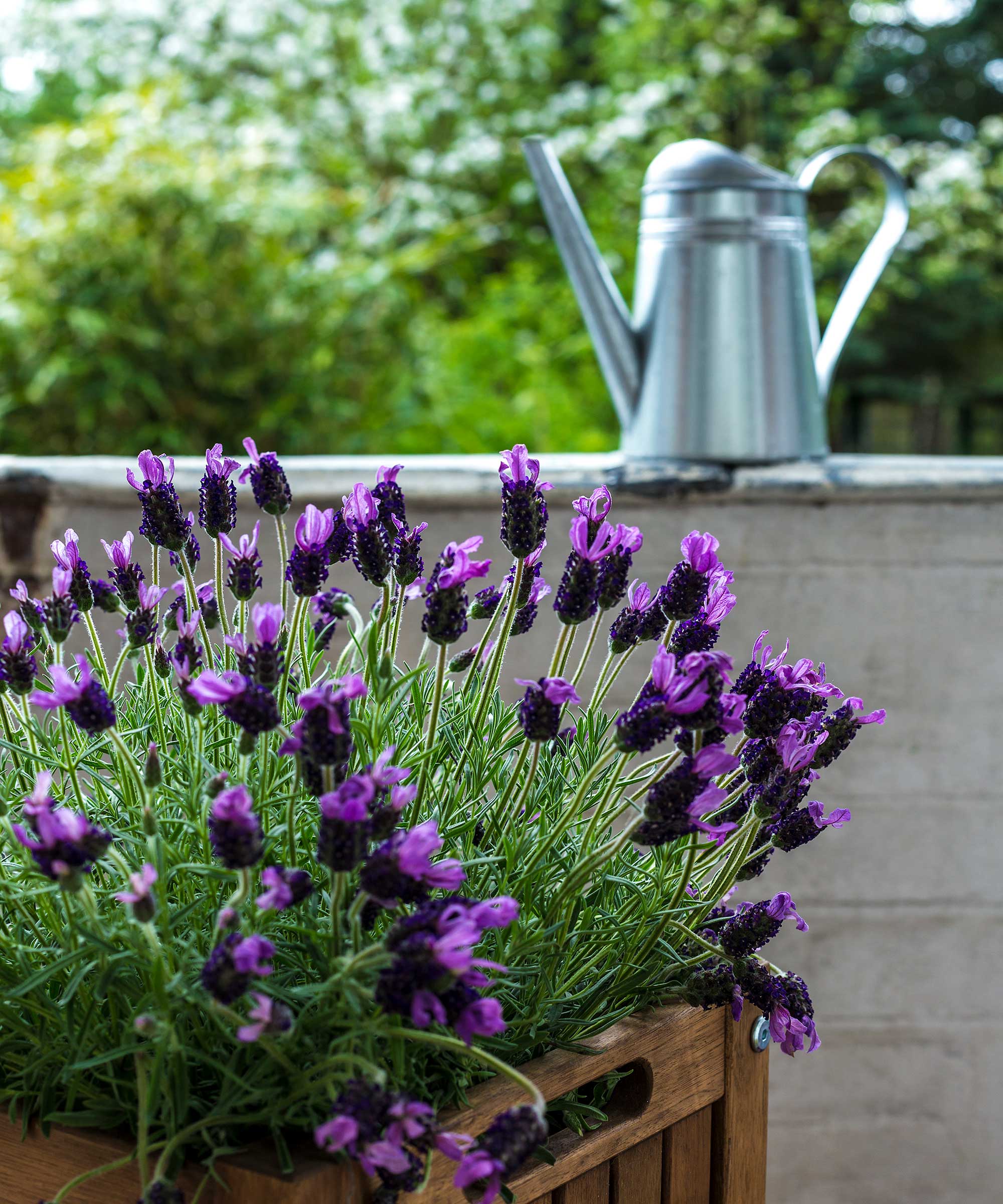
How to prune lavender – an expert guide
Many gardeners are overly cautious when pruning lavender, as they worry about cutting too far into the stems, which can harm the plant. However, knowing how to prune lavender the right way will prevent this from happening.
Select the right tool for the job, such as these Fiskars pruning shears from Amazon, and make sure they are clean and sharp.
Bear in mind that there is more than one kind of this aromatic herb to enjoy in your garden. English lavenders, such as Hidcote and Munstead, are the most popular, and the hardiest.
Other European varieties – namely French and Spanish lavender – are less hardy, and may need a little more care when pruning. However, if you stick to a few golden rules, you can apply them to all of your lavender plants. Follow our simple step-by-step guide, and your plants will flourish for years to come.
Where to cut when pruning lavender
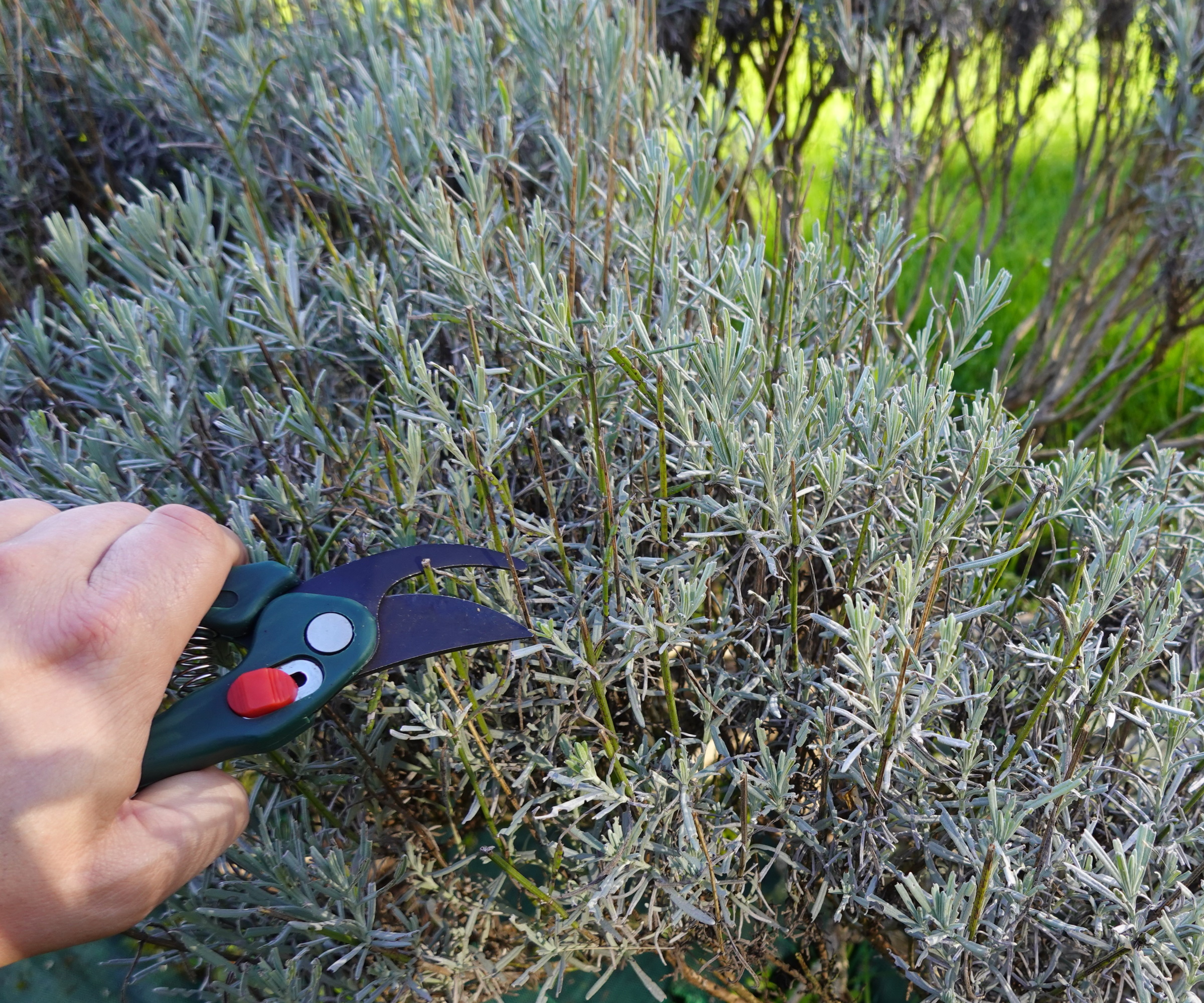
When pruning lavender, it's important to cut it in the right place to ensure future healthy growth, and this just above side branches or leaf nodes. This part of the plant tends to be green.
Go any lower and you'll be cutting at the woody part of the plant, which isn't advised. However, you can cut a little into woody stems in order to tidy the shape of the plant.
How to prune lavender in its first year
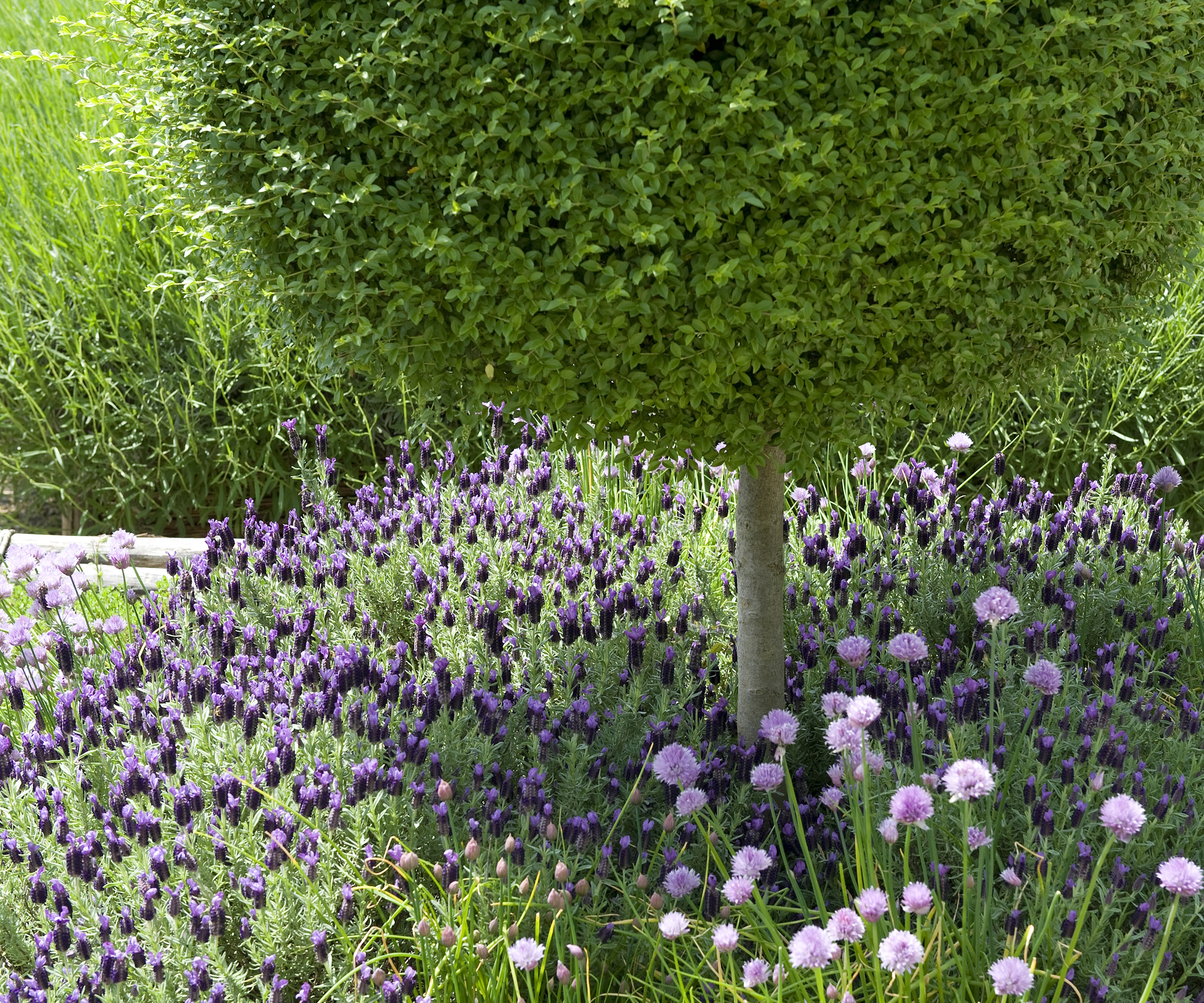
Lavender only requires a light trim in its first year, but to avoid the plants from becoming leggy in future, it’s important to get them off to a good start. Make sure you know when to plant lavender for plant health, too.
Tackle pruning new lavender during the summer, after the plant has flowered.
At this early stage, pruning is about encouraging new growth, and developing a nice mounded shape. If you have grown the lavender from seed or cuttings, then it is beneficial to pinch out new growth tips to help the plant become bushy.
There is no need to follow up with a spring prune when lavender is only in its first year. Here is a step-by-step guide to the process:
- Using a clean, sharp pair of secateurs cut each stem back by up to a third, to remove the flowers and some of the green stem growth.
- Do not cut the plant back ‘hard’ by going near the woody base of the stem – it is essential to leave plenty of green on the stems when the plants are young.
- Try to make an even dome shape by leaving the stems longer in the middle, and gradually going shorter as you move to the outer edges of the plant.
- After trimming your lavender, you may get a second flush of flowers. Prune these the same way once finished – but do it well before the cold fall weather sets in.
How to prune mature lavender plants
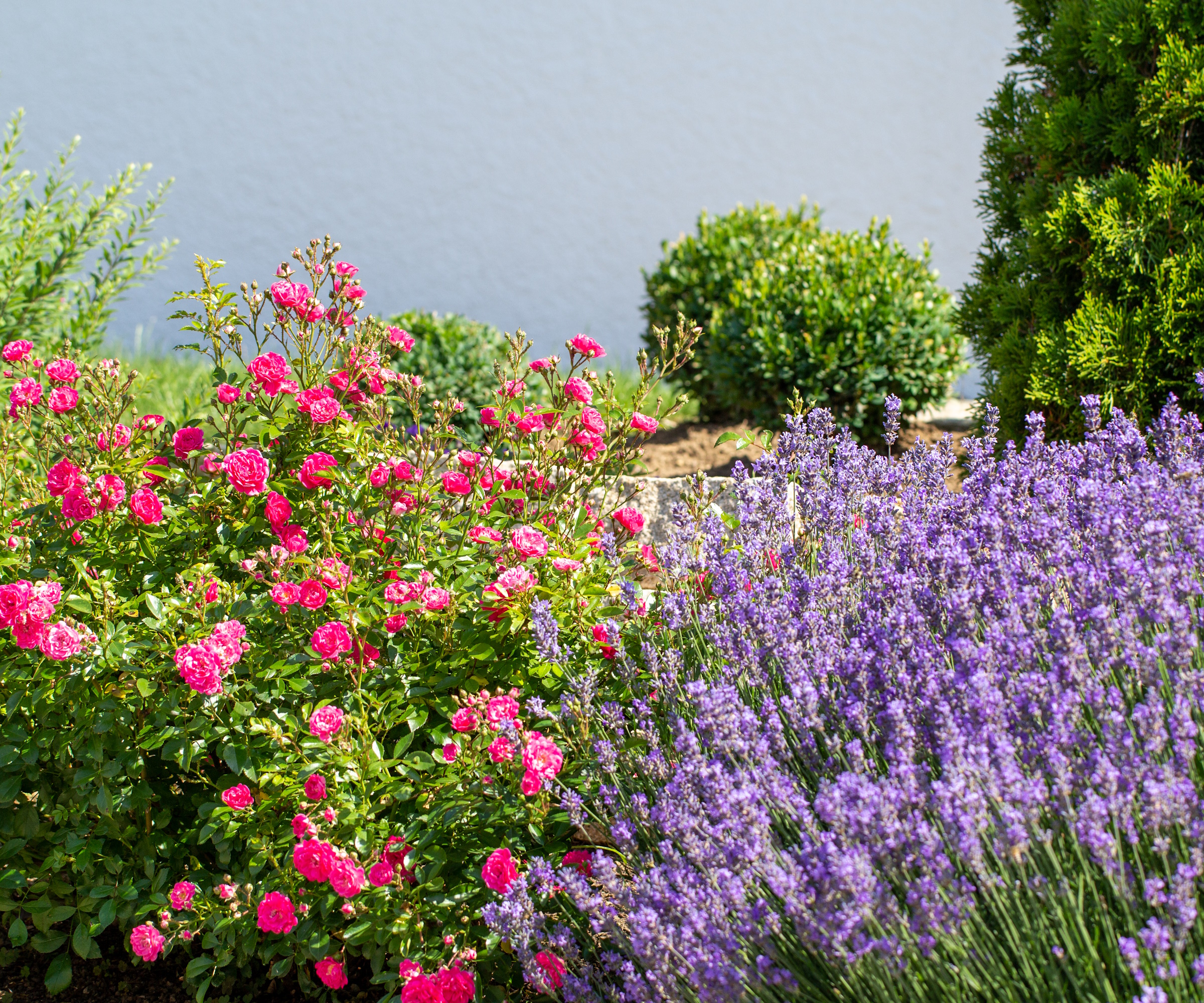
Lavender plants will establish quickly, so from their second year you will need to follow a simple – but thorough – pruning regime to keep them in shape.
Start by giving your lavender plant a good trim at the end of summer or in the fall. Prune plants by about a third into the foliage to maintain their attractive domed habit. To do this, grab handfuls of the stems and, using clean, sharp secateurs, snip them off.
Try to maintain a good rounded shape to the plant, but do not cut too close to the woody base of the stems, or the plant might struggle to overwinter.
Follow up with a harder prune in the spring, which we detail below.
Pruning lavender in spring
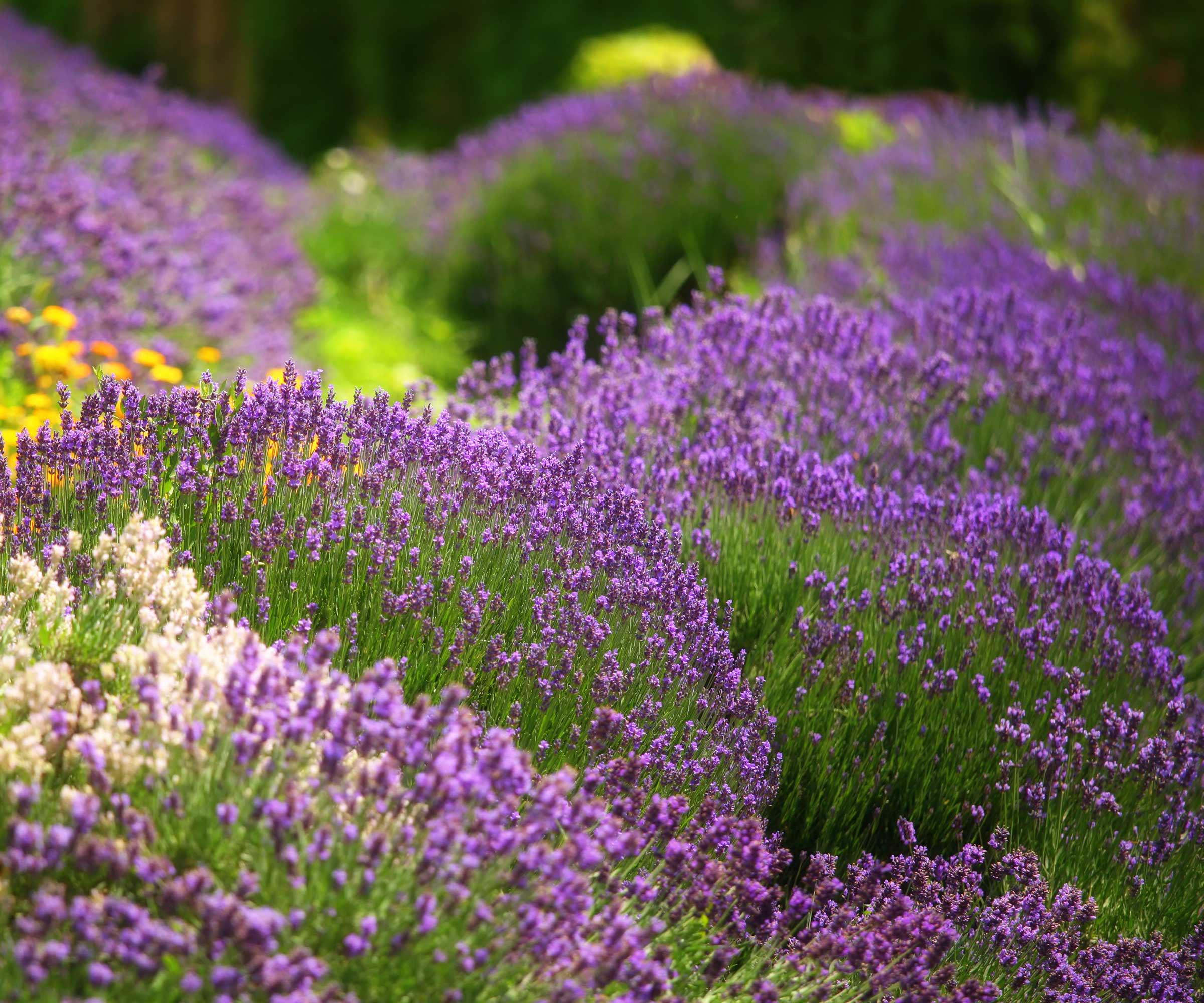
Spring is the time for pruning your lavender harder to minimize the development of woody stems and encourage fresh new growth. You should do this early in the season, to give the plant plenty of time to reestablish itself.
However, it's vital that you do not cut the stems too far down into the old wood.
‘If you crop the entire plant back to old wood it can mean big trouble,’ says Gardeners' World presenter Monty Don in his book The Complete Gardener, available from Amazon.
‘If you cut into the old wood, which does not have any leaves, and new leaves do not grow, then it will not survive.’
How much wood your lavender plant has depends on the plant’s age, and how well it has been pruned in the past.
- Take a stem and examine it – you’ll notice it has a woody base set below the leafy section.
- Using a clean, sharp pair of secateurs, cut the stem around 2-3 inches above the woody base, into the leafy section of the stem. Avoid cutting into wood below.
- You can prune handfuls of stems at a time, and for hedges you might find it easier to use shears.
- Try to create a nice rounded shape to your lavender plant by pruning the outer stems a little shorter than the inner stems.
- Where there are dead, frost-damaged or diseased branches, these should be completely removed.
How to prune Spanish and French lavender

Spanish and French lavender are particularly attractive varieties, with distinctive 'butterfly' shaped upright flowers that may be purple, pink or even white.
The plants require full sun in order to thrive, and are not quite as hardy as English lavender. However, they are no more difficult to prune and maintain.
As when pruning other lavender varieties, simply trim around a third of the plant's growth after flowering in summer. However, do not cut the stems back too far, as this will expose them to too much frost over winter.
Follow up with a harder prune in early spring, taking care not to cut into the dead wood.
Shop pruning tools
FAQs
What happens if you don't prune lavender?
If you don't prune lavender, the plant will quickly become leggy and woody, and won't be able to hold its own weight very well. This means the stems will flop over when heavy with flowers, causing the plant to spread out and exposing more of the old wood in the plant.
Should you deadhead lavender?
There is no definite need to deadhead lavender, but it is recommended. If you love a pristine border and want to encourage a few new flowerheads, deadheading won't hurt the plant. Many lavender varieties can be encouraged to put out a second flush of flowers after being deadheaded.
When lavender is a few years old, it can develop long, woody stems that look unsightly if it hasn't been pruned correctly. However, if you know how to prune lavender like the experts, then you should be able to revive woody lavender plants, and restore them to former glory.
Sign up to the Homes & Gardens newsletter
Design expertise in your inbox – from inspiring decorating ideas and beautiful celebrity homes to practical gardening advice and shopping round-ups.

Melanie has worked in homes and gardens media for two decades. Having previously served as Editor on Period Living magazine, and worked on Homes & Gardens, Gardening Etc, Real Homes, and Homebuilding & Renovating, she is now focusing on her passion for gardening as a Senior Editor at Gardening Know How. As a keen home grower, Melanie has experimented with pretty much every type of vegetable at some point – with mixed results. Often it is the simplest things that elude you, which may explain why she just can't seem to master zucchinis.
- Rachel BullHead of Gardens
- Thomas RutterContent Editor
-
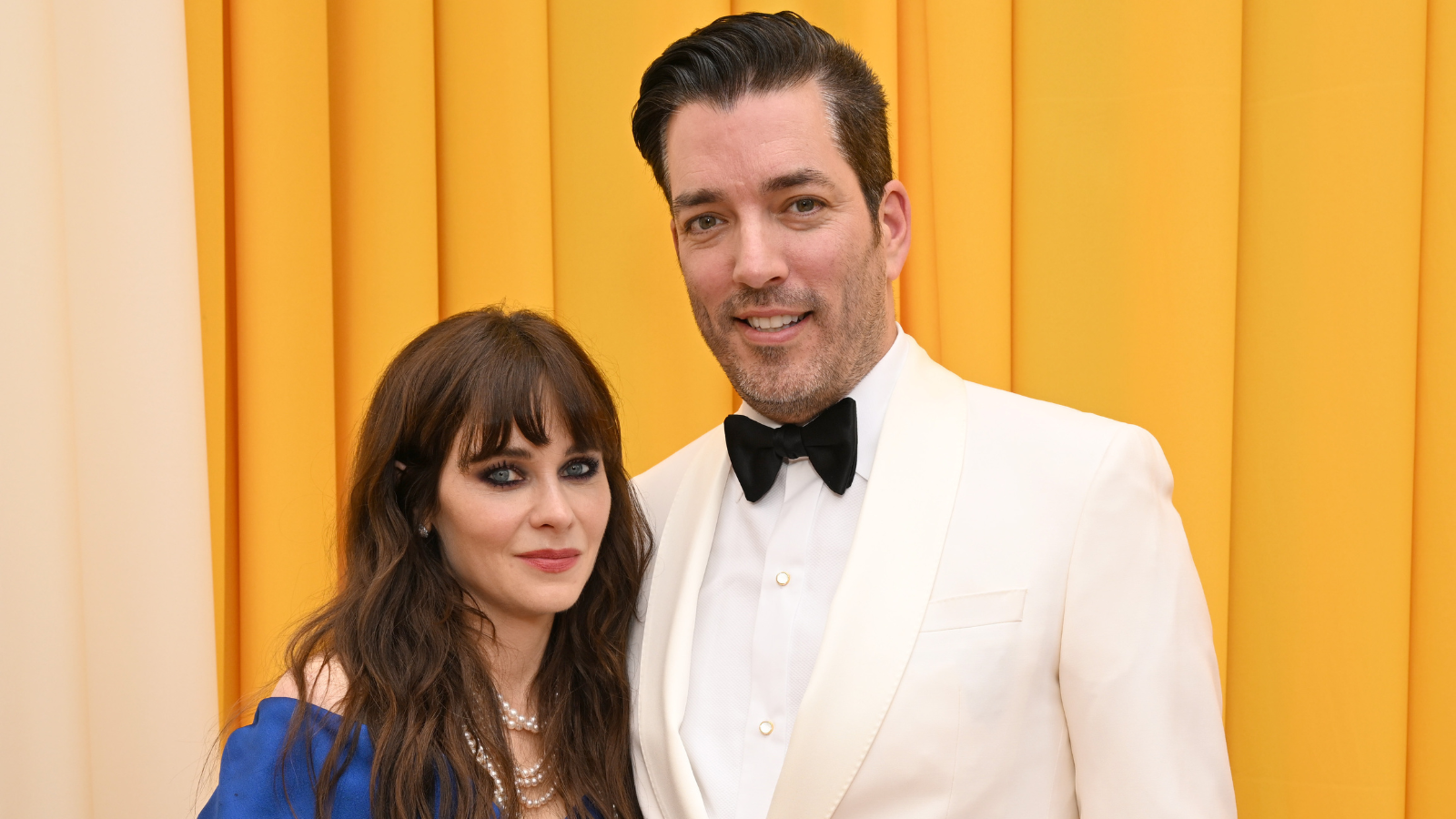 Zooey Deschanel and Jonathan Scott's breakfast nook is an innovative, effective use of kitchen space – it turns a 'dead area' into a cafe-style corner
Zooey Deschanel and Jonathan Scott's breakfast nook is an innovative, effective use of kitchen space – it turns a 'dead area' into a cafe-style cornerJonathan and Zooey have situated an eccentric yet elegant dining area in what may have been an otherwise underused corner
By Hannah Ziegler Published
-
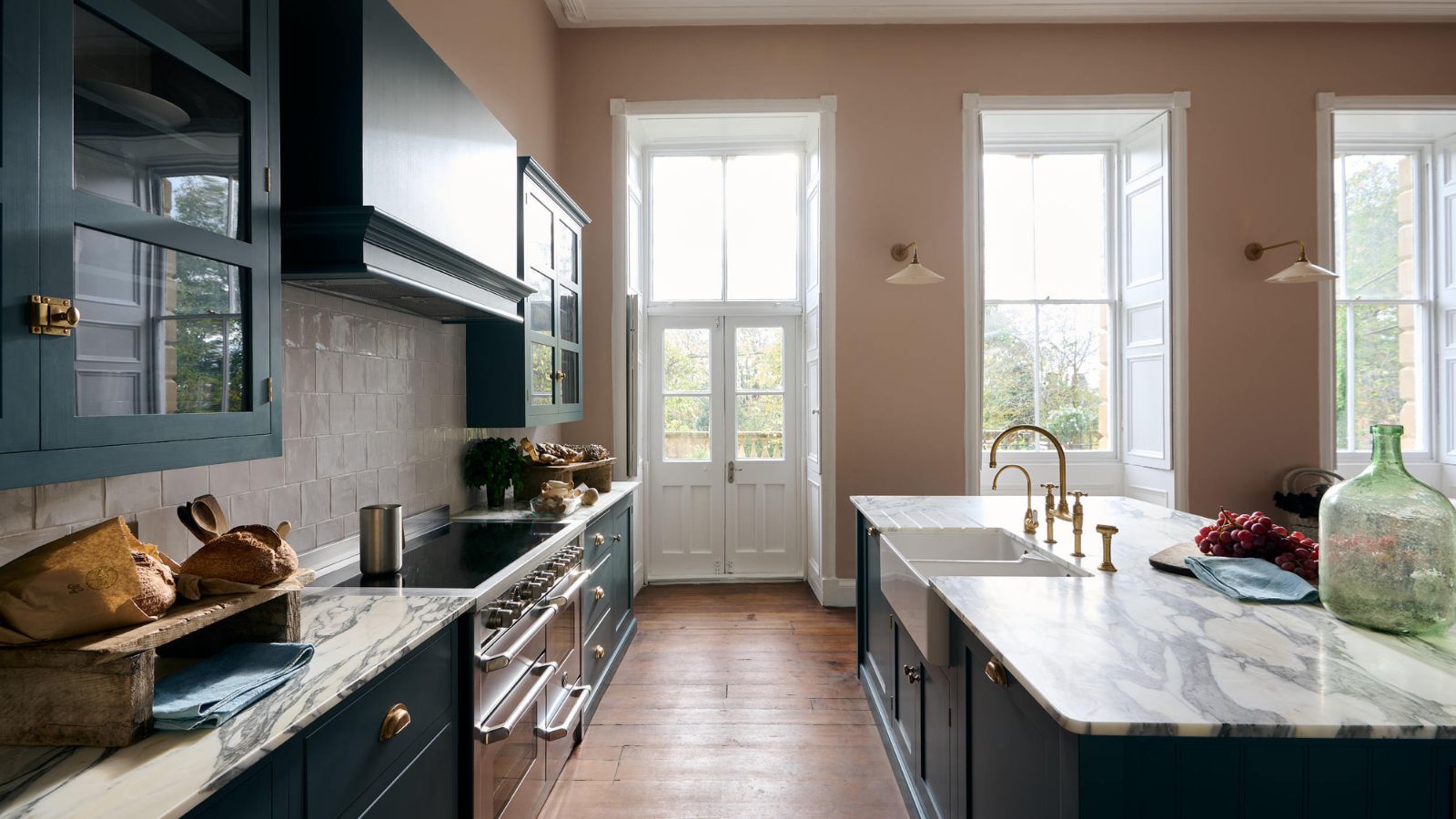 6 things you should never throw in the trash – and what to do for safe disposal instead
6 things you should never throw in the trash – and what to do for safe disposal insteadFrom batteries to space heaters, experts reveal what not to throw
By Andy van Terheyden Published
-
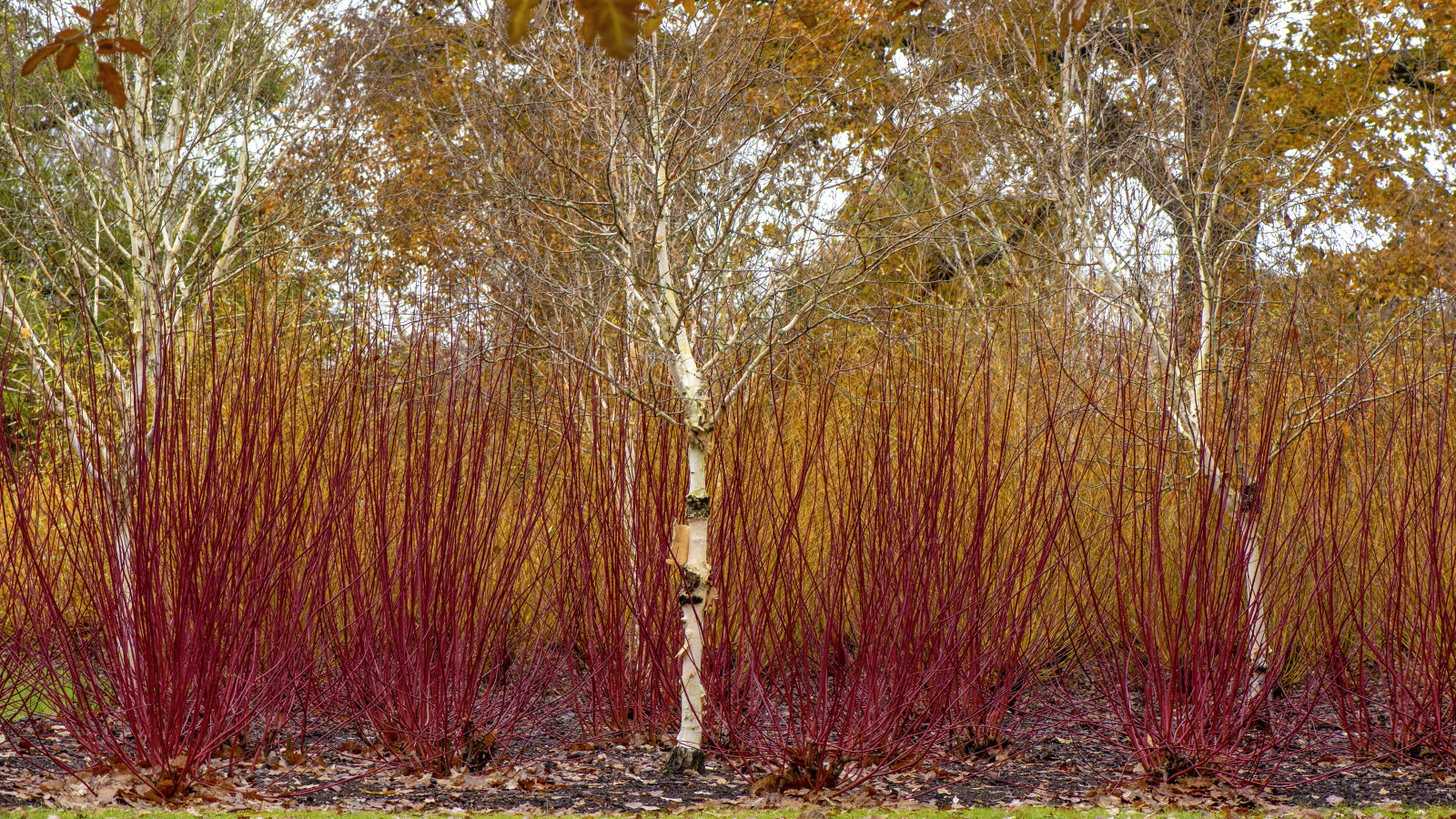 How to coppice trees and shrubs – and the 5 species that will benefit from this historical and super simple pruning technique
How to coppice trees and shrubs – and the 5 species that will benefit from this historical and super simple pruning techniqueCoppicing has aesthetic and practical benefits in a garden
By Drew Swainston Published
-
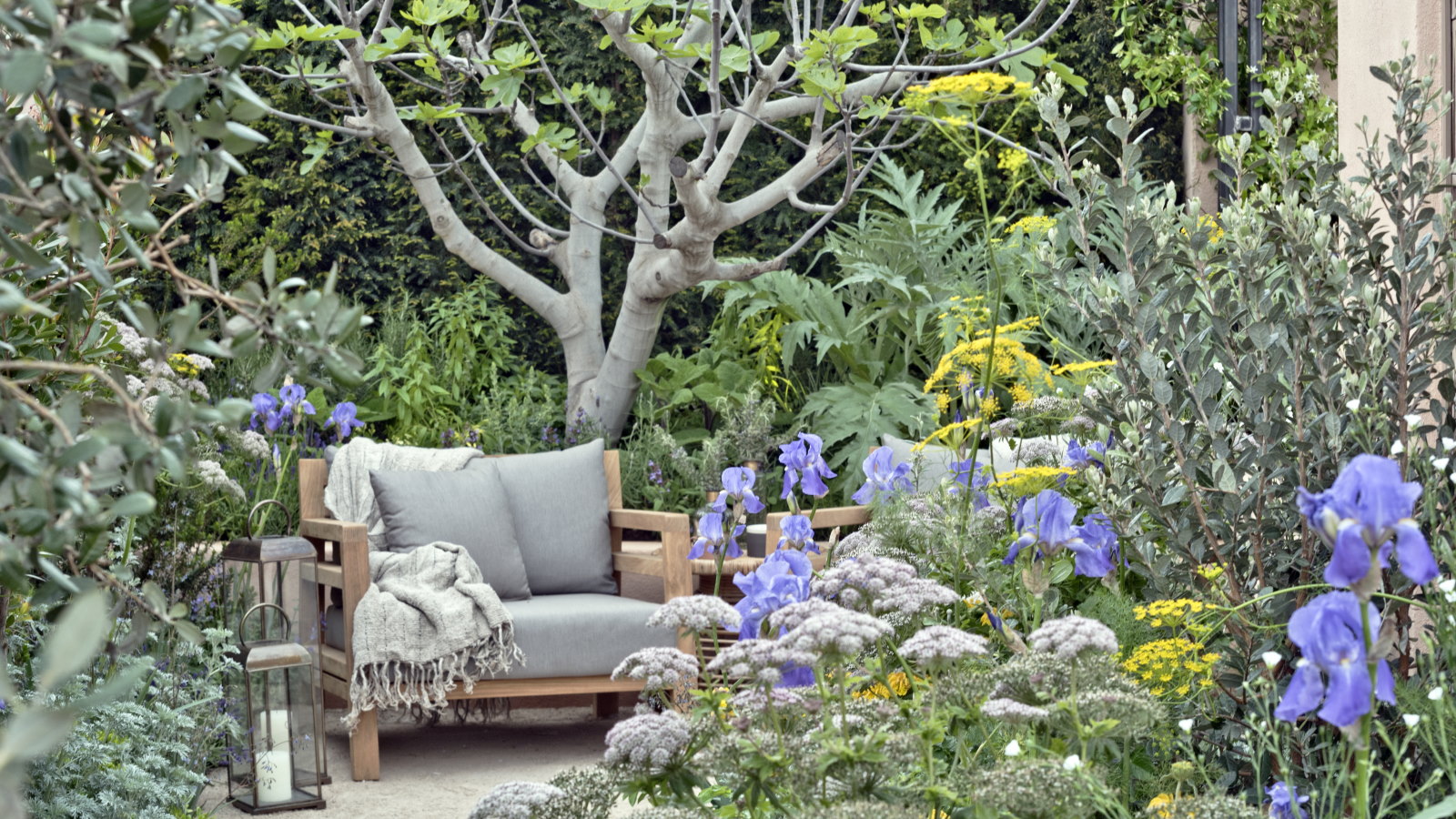 Horticulturists urge you to prune these 7 plants in April – for healthy growth and better-than-ever flowering displays
Horticulturists urge you to prune these 7 plants in April – for healthy growth and better-than-ever flowering displaysDiscover a key selection of plants to cut back this month, with expert pruning advice
By Drew Swainston Published
-
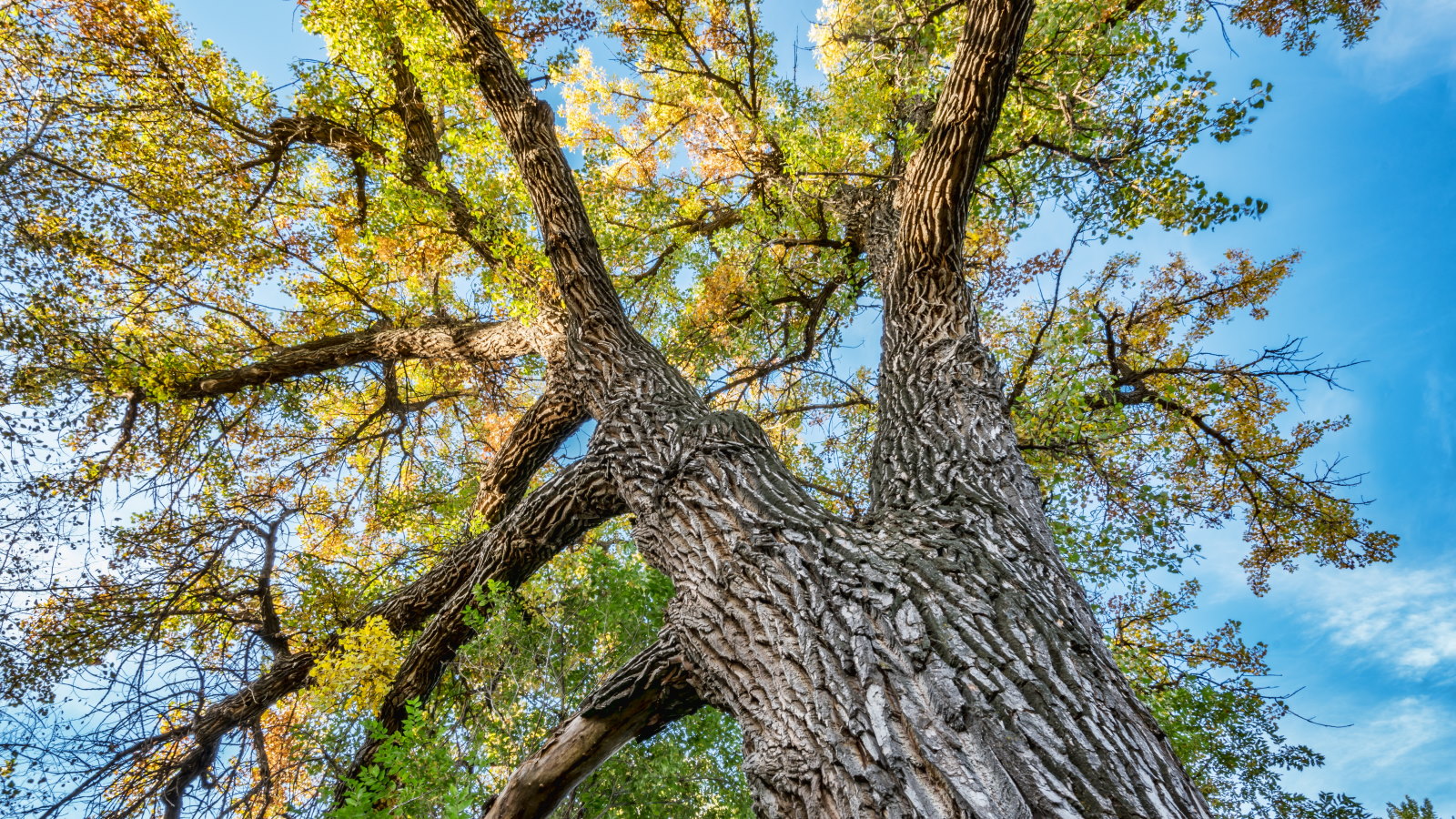 Safety is the number one reason to prune a cottonwood tree – an arborist reveals the best trimming routine to follow
Safety is the number one reason to prune a cottonwood tree – an arborist reveals the best trimming routine to followWhen and how to prune young and established cottonwoods
By Drew Swainston Published
-
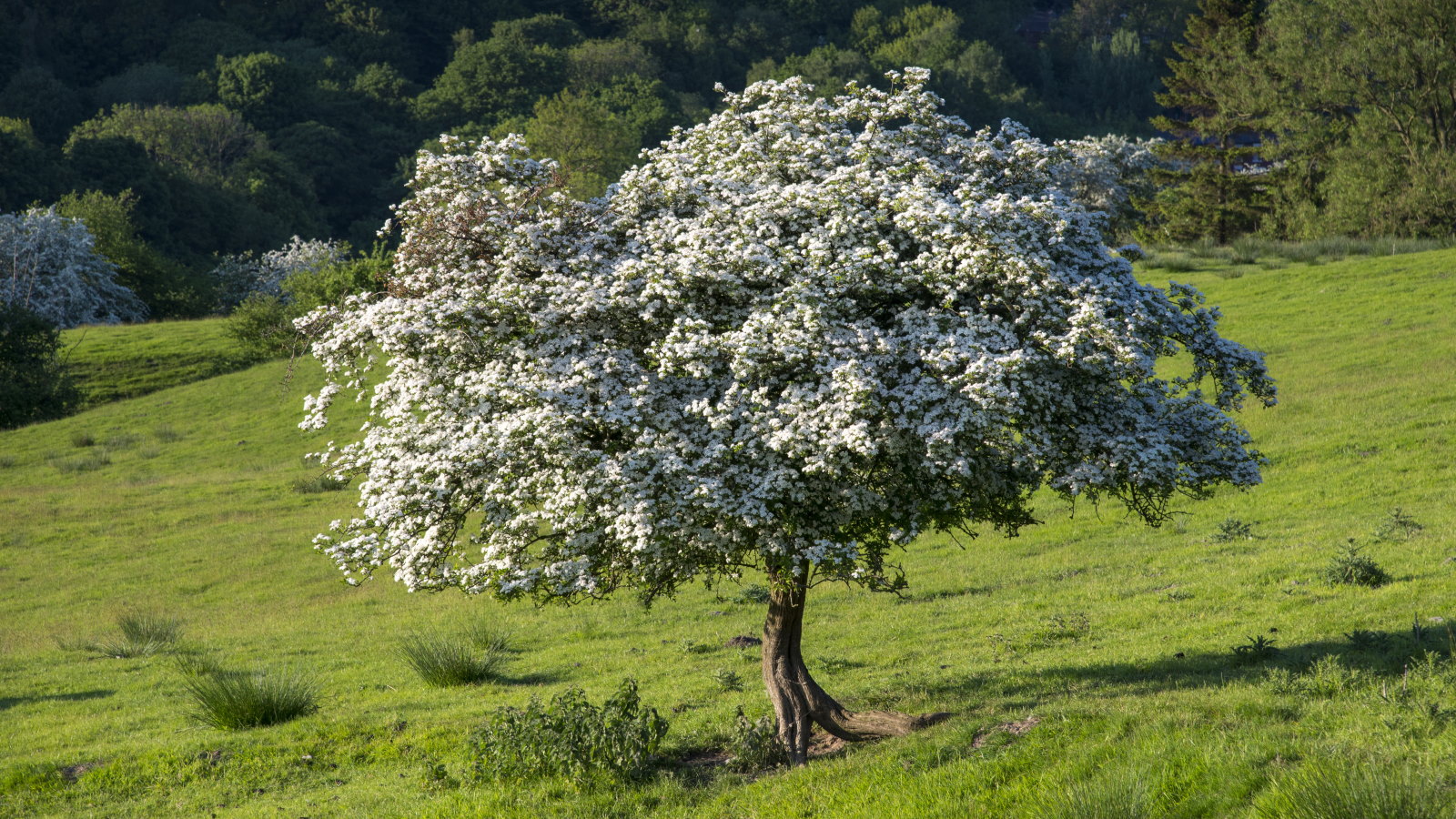 Now is the time to prune hawthorn trees to keep them healthy and attractive – 5 expert-recommended steps to follow for proper trimming
Now is the time to prune hawthorn trees to keep them healthy and attractive – 5 expert-recommended steps to follow for proper trimmingAvoid unnecessarily stressing your trees by pruning at the right time and not getting carried away
By Drew Swainston Published
-
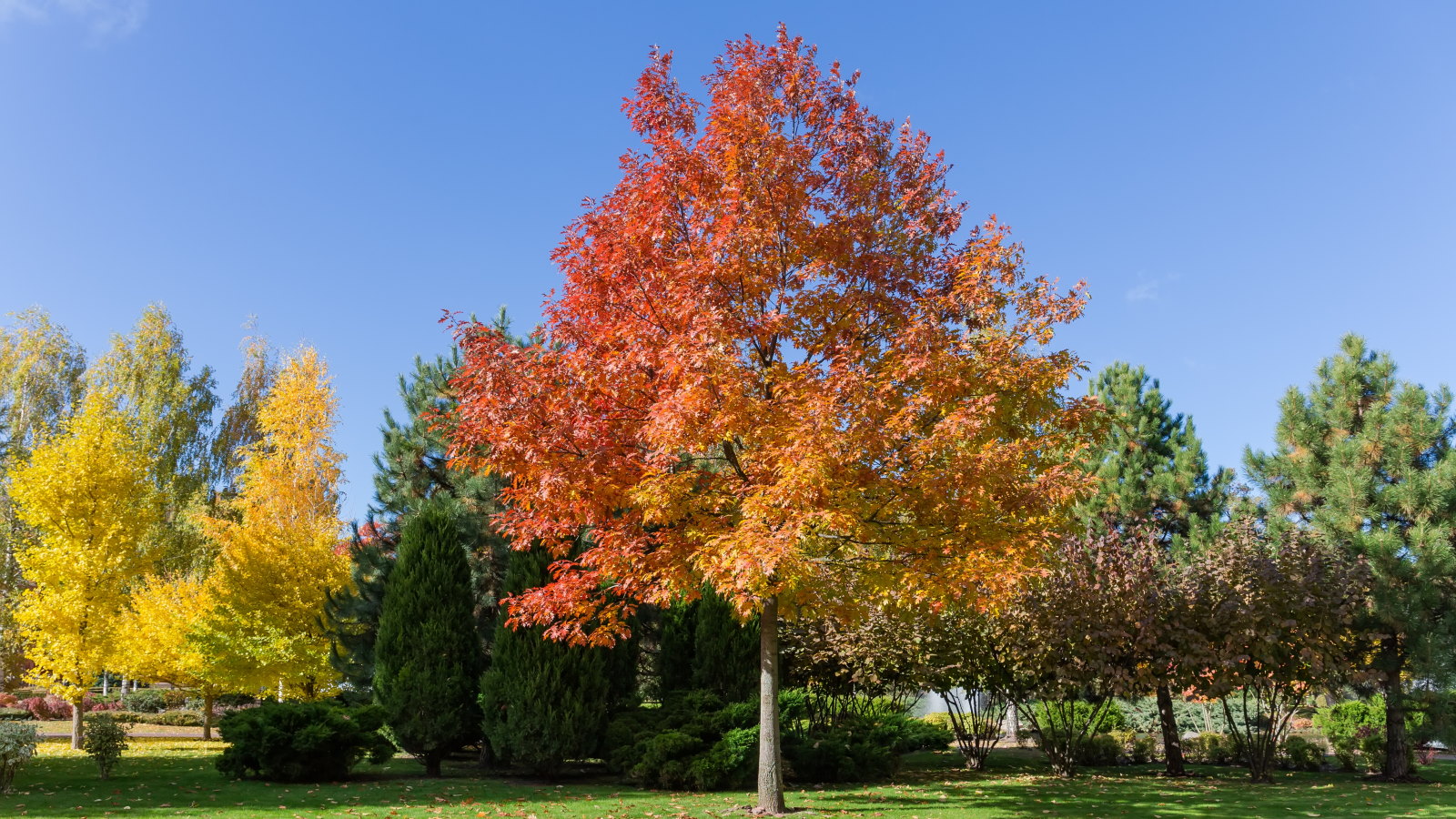 This is your last chance to prune oak trees to avoid a potentially fatal disease that can kill trees within months, arborists reveal
This is your last chance to prune oak trees to avoid a potentially fatal disease that can kill trees within months, arborists revealStay safe and discover what you can prune at different times of the year
By Drew Swainston Published
-
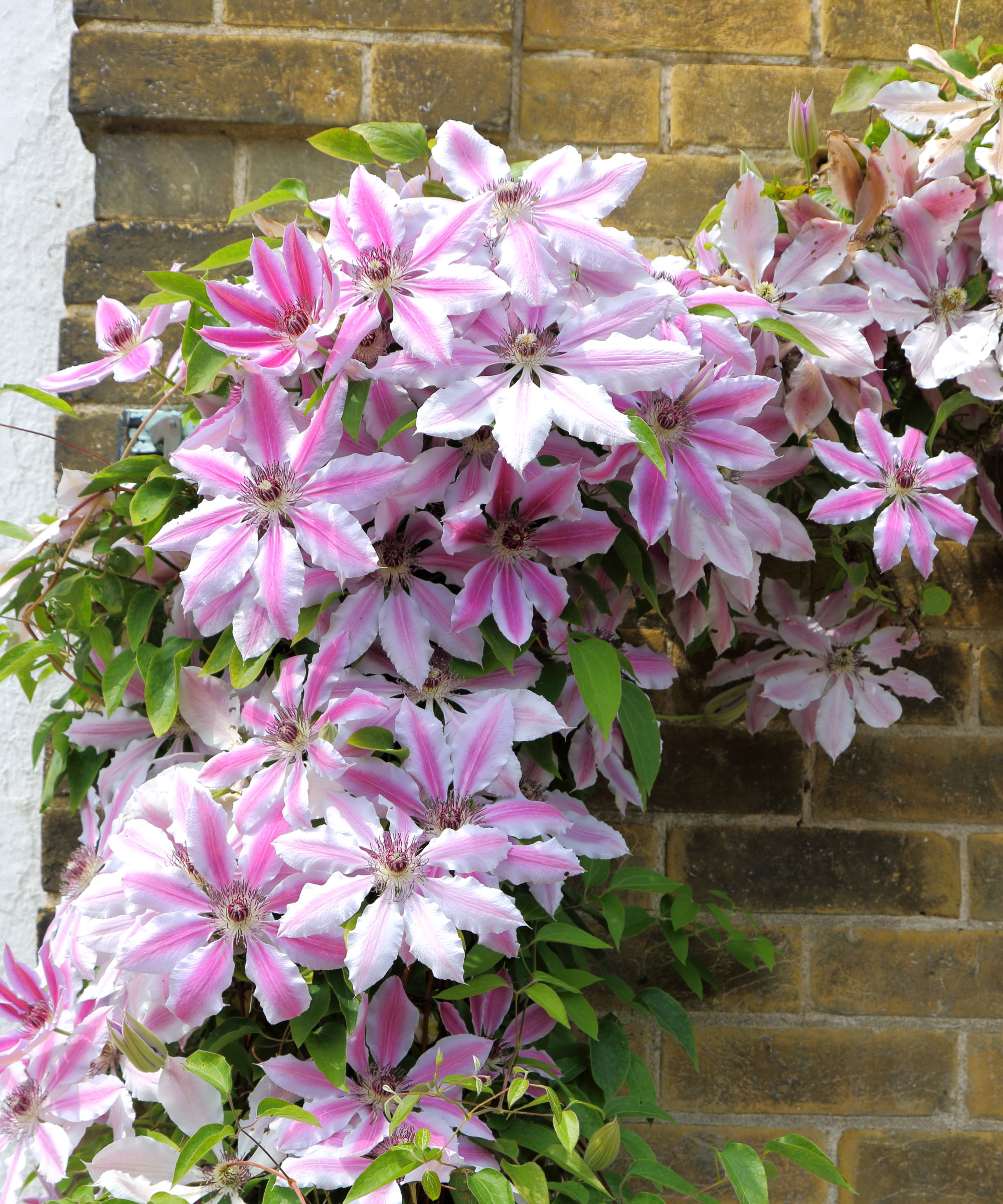 Expert horticulturists reveal 5 clematis pruning mistakes to avoid if you want spectacular floral displays
Expert horticulturists reveal 5 clematis pruning mistakes to avoid if you want spectacular floral displaysWhy you need to prune at the right time and not remove too much or too little
By Drew Swainston Published
-
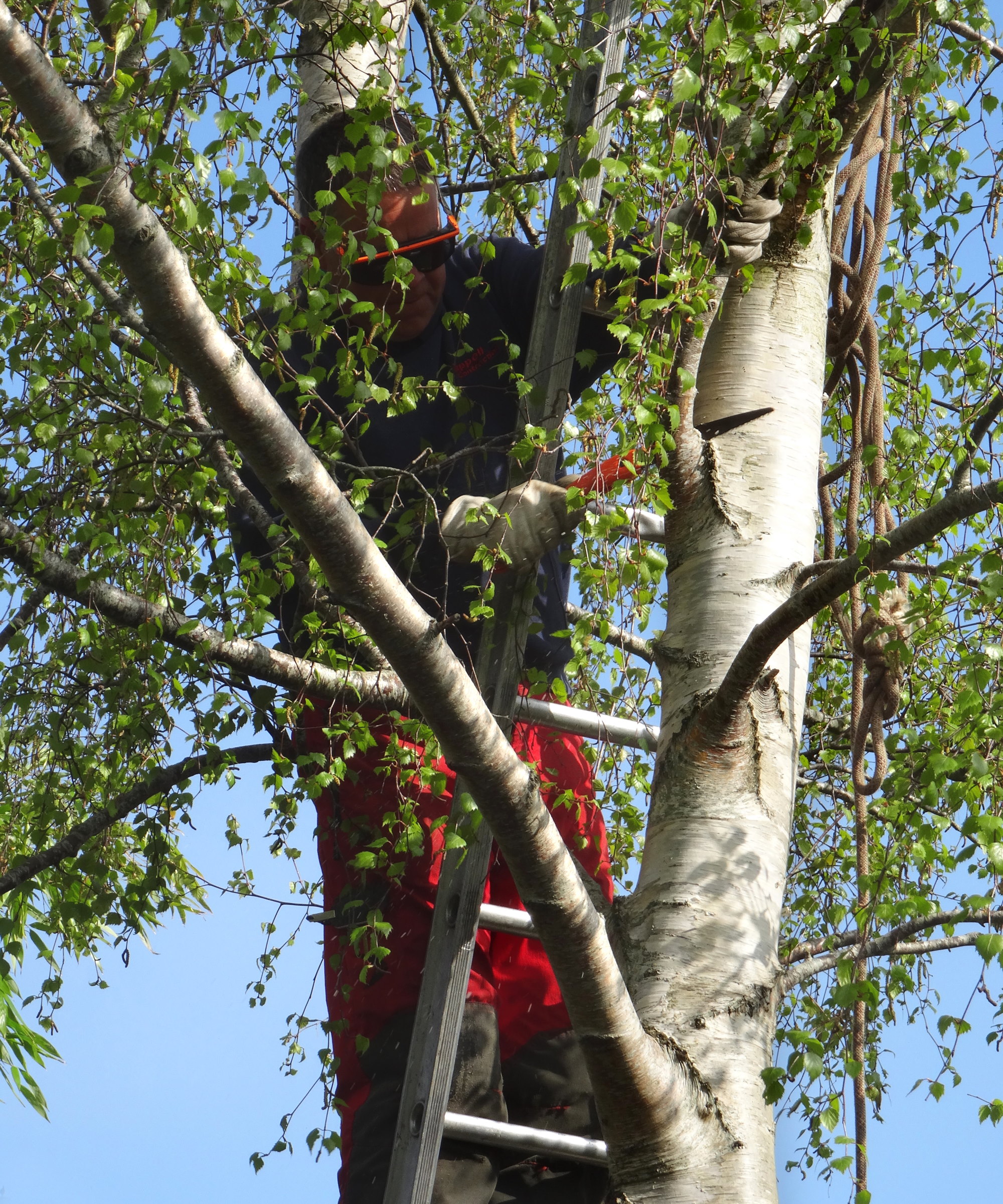 How to prune birch trees – arborists reveal 5 golden rules to follow and 3 things you should never do
How to prune birch trees – arborists reveal 5 golden rules to follow and 3 things you should never doAggressive pruning can be fatal to birch trees – here is how to avoid it
By Drew Swainston Published
-
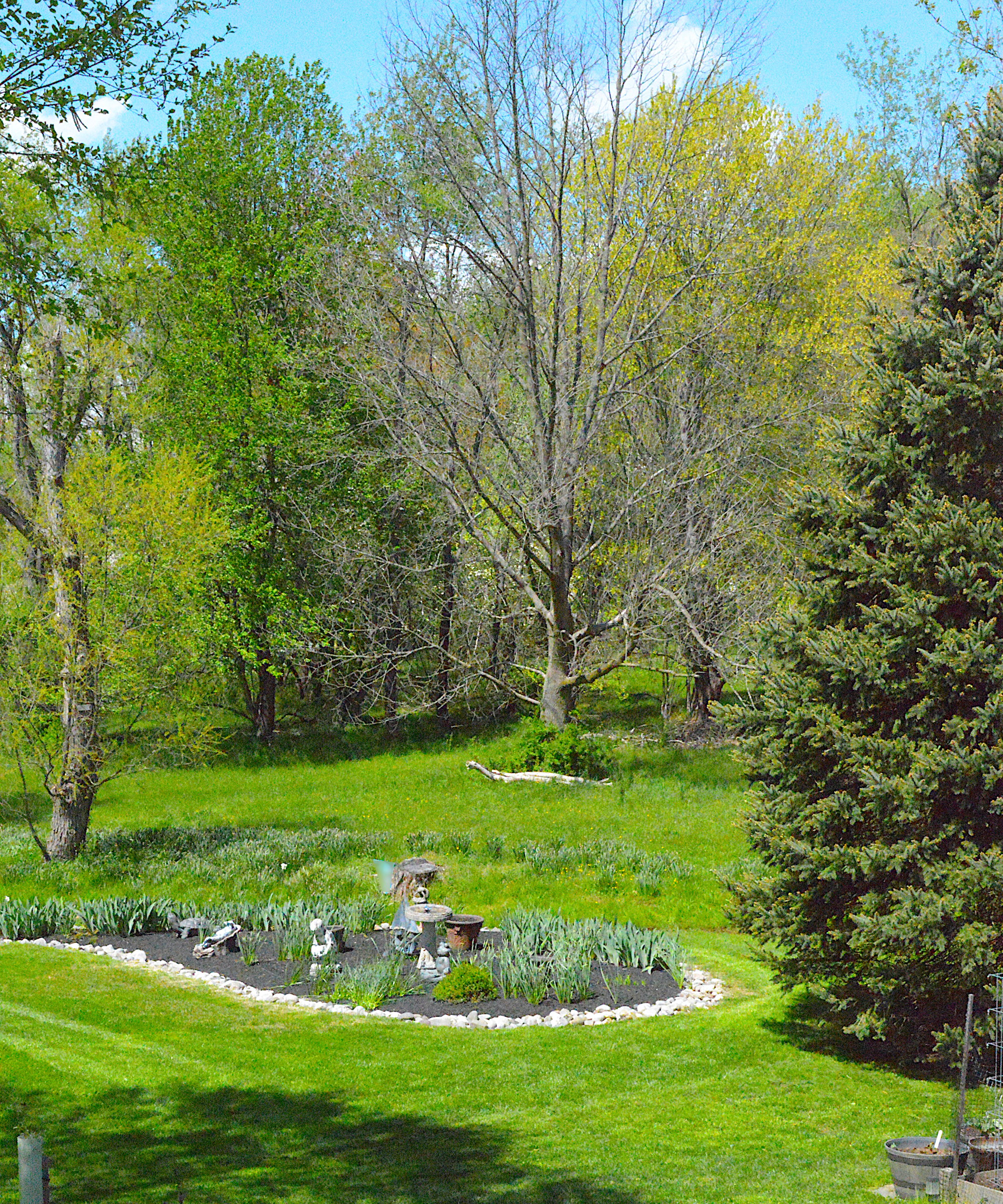 There's still time to prune deciduous trees this month – expert trimming advice for 9 of the most popular backyard trees
There's still time to prune deciduous trees this month – expert trimming advice for 9 of the most popular backyard treesThese trees will benefit from pruning in February with our handy guide
By Drew Swainston Published



